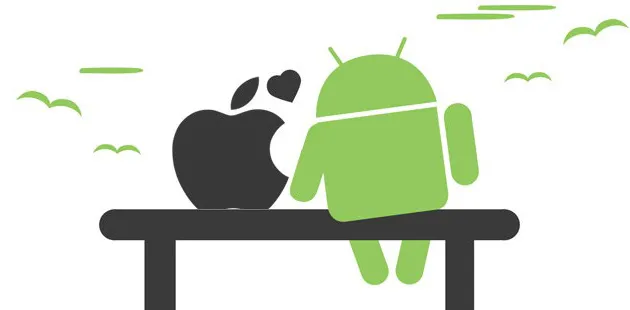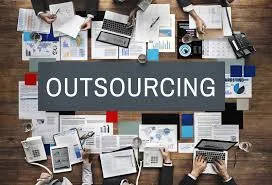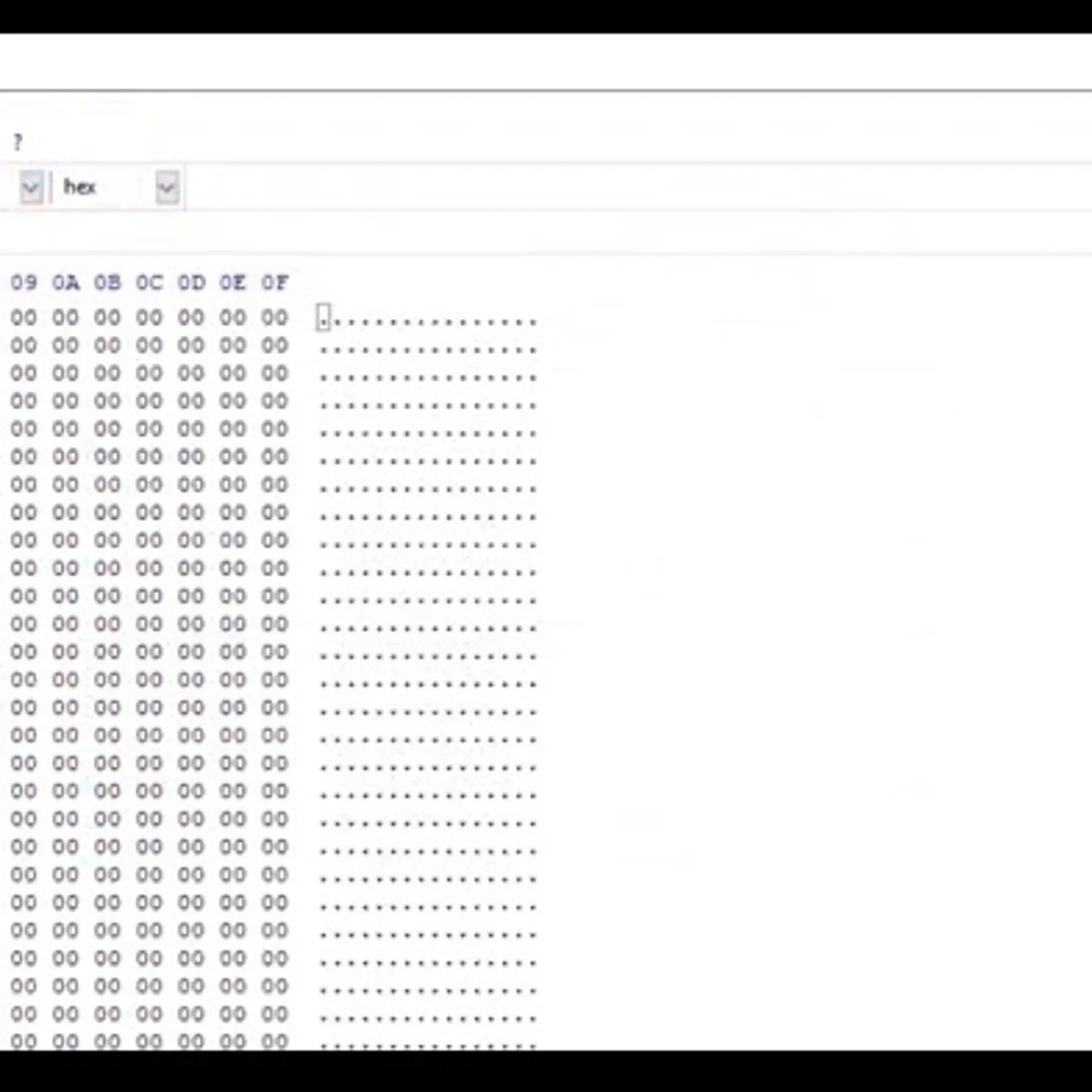

10 obstacles to the feasibility of your app development
Understanding the following ten questions will help you determine the appropriate mobile app development strategy required to achieve your goals
You want to start an application development. Whether it's an idea for a native app, a hybrid app or a mobile website, it doesn't matter. In all cases, you must determine in advance what the technical feasibility of your app is.
How do you approach such app development? What should you not do? If you know the technical feasibility, you can estimate the costs, the time schedule and the end result.
The high percentage is partly due to the mobile apps for large organizations. Creating an app for an organization often costs less work for an app developer because less integration with other systems is required. The app is then built so that it works well with the IT system that an organization already uses. This results in lower costs and a lower investment of time because the feasibility is easy to estimate.
The bad news is that 26% of mobile projects consist of apps delivered late, over budget or unsuccessful. This is about technical success. An app development that is technically feasible does not guarantee success in the market. It is a precondition for this success. The other 5% are apps that have never been used or stopped prematurely before the application developer was finished. If you investigate your technical feasibility, you will not belong to this total 31%!
"To know the feasibility of your app, you have to do research."
How do you ensure a technically feasible app development?

To know the feasibility of your app development, you have to do research. Ideally, you should have this done by a specialist who knows the technological side. The specialist must also know your business and user goals, which is why you need to convey them well. It is important that the specialist deals with the technique and you determine the goals. So don't let the specialist direct you in any particular direction.
If you have found a specialist, you must provide it with a detailed plan with all the goals, supplies and functions of your app. The specialist will now start with the research, look at the options and write an advice. Take your time for this, it can save you a lot of money in the future!
You can also investigate yourself. View the checklist of pain points the feasibility of your app below.
10 Pain points in the feasibility of your app development:
The requirements of mobile developments can vary enormously, but there are certain points that you have to check for each app.
- Development platform
What is the suitable development platform? Windows, Android or iOS?

Android's global market share is around 88%, iOS 12% and Windows 0.3% (Source: Business Wire / Strategy Anlytics). However, it can be useful to start with a smaller market share. For example, iOS has many early adopters and Windows is widely used in the business market. Above all, learn what your target audience uses most. The development platform can become a pain point if you choose multiple platforms. That increases the work and each platform has its own peculiarities. In that case, take into account more costs (each platform must be redeveloped) and read the terms and conditions of the Apple and Android App Stores.
2.Development language:
Which development language do you choose?
Web based and native development both have their advantages and disadvantages. Web based is cheaper, native provides a better user experience. Each language has advantages and disadvantages.
3.Techniques:
Can you use already available techniques? Or should new code be written?
It is possible to put on the 'jacket' of previously developed apps. You then build on the experience of previous apps. For example, if you want to make a magazine app, it is very easy to put on such a jacket. Do you want to make a game app? Then you will probably have to write a new original code for your app. Inquire about pre-existing code from developers who have experience with the same type of apps and in your market. So it is useful if there is existing and similar code, otherwise the investment in your app is higher.
Related Blog: What is the Cost to Develop a Mobile Application?
4.Features:
Which functions or features such as a camera or a folder are needed? What is the best way to apply this? Think about which functions should be built into your app. Where are you going to place these and how should the user apply them? Stay crisp and reason from the interests of the user. The starting point is that functions that you come up with that you do not (yet) see in other apps can become a pain point.
5.Use:
How do you ensure that your app costs as little battery, memory or data as possible?
List the functions of the app. Are there any functions that are a great burden on memory, battery or data? Can this be changed or adjusted so that it costs less? This ensures a better user experience and prevents complaints from users.
6.Integration:
Does the app need to be integrated with an existing IT system?
Not every app requires integration with an existing system or new system. Check which information should be available in the app and limit this as much as possible. Often apps have a very limited function, so that less system integration is required. Integrations with other systems create complexity and therefore more costs and lower technical feasibility. Save on this by, for example, testing in the first version without system integration, thereby freeing up a lot of budget.
7.App content:
Is someone going to top up your app content or keep track of your app? What access do they need?
It may be that third parties need access to your app. For example, if you want the user to be able to add content themselves or if you engage someone to keep the app up to date. Is a system needed to achieve this? This is of course possible, but is a separate function and should not be forgotten when describing the app. It becomes a pain when you find out afterwards that you cannot adjust the content of your app.
8.Outsourcing tasks:

Are skills already available to you? Do you have to hire someone or outsource various tasks?
You don't have to be able to program or design, but make sure that those two specialists are on your team. In any case, provide a dedicated project manager or project team. You can do that yourself if you have enough experience. Are you new to project management and entrepreneurship behind an app product? Then consider getting advice.
9.Maintenance:
How is the project maintained? How are app problems solved, for example?
Will the developer continue to work on your app? Does he keep everything in order or can you do it yourself? Make a so-called Service Level Agreement (SLA) with a developer to establish agreements about maintenance and updates. Poor or no SLAs cause most problems, so be sure to discuss this with the app developer.
10.The Future:
What does the future hold for the app? What is the schedule regarding updates?
Plan for the future. In order to keep an app relevant and current, updates will have to take place. When choosing the development language, it is also important to take future expansions into account. The easiest way to integrate new developments and technologies is in an app that has been developed natively.
Conclusion:
If all these pain points can tick off, then you can estimate the technical feasibility for your app. You can discuss the points that you cannot check off with an expert. The Development Compactor can also help you a lot further. With this you can check the different developments and see the advantages and disadvantages.







